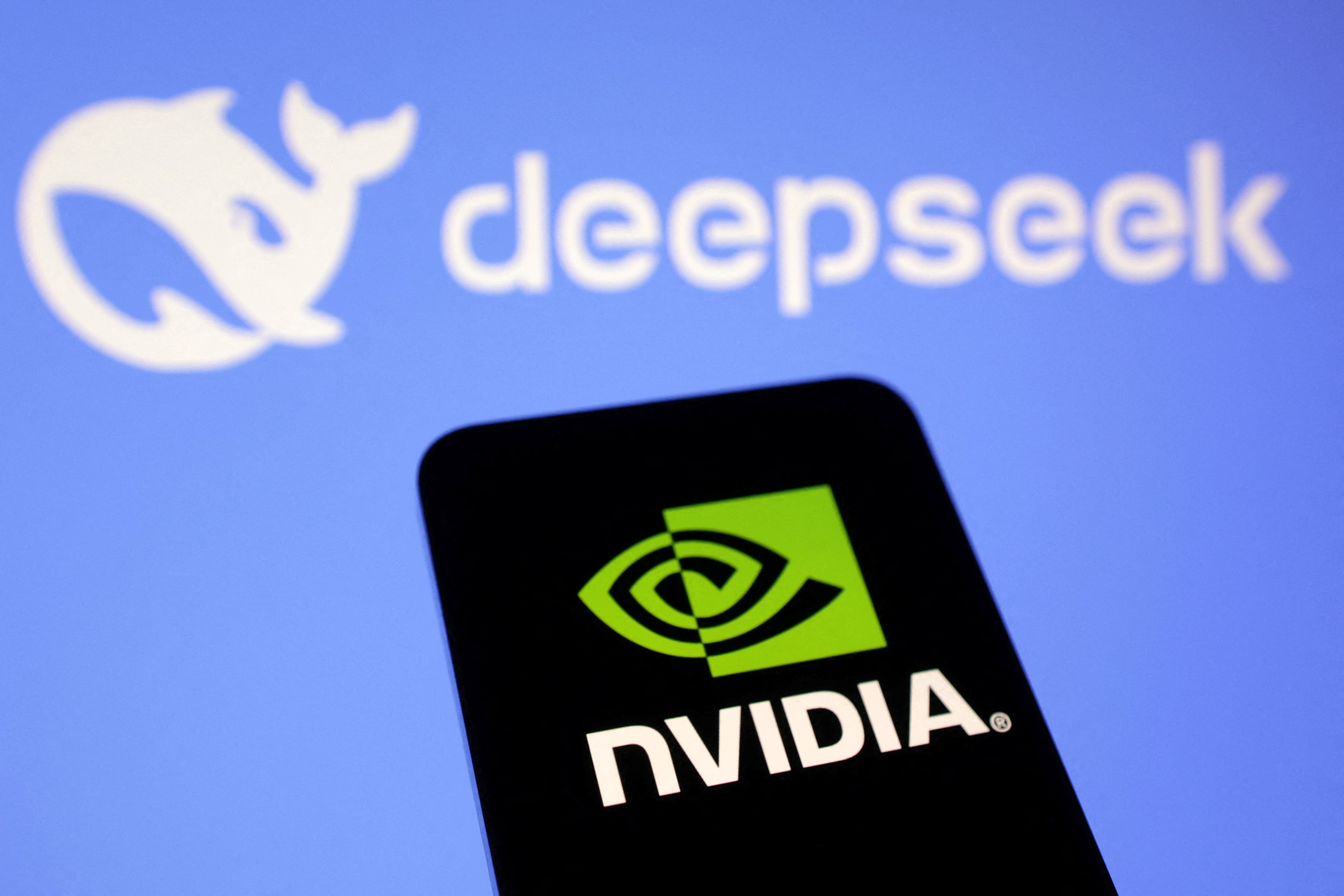ANALYSIS: Behind the Dueling Narratives Shaping Nvidia's Market Ascent

SANTA CLARA, Calif. — Nvidia's recent surge to become the world's most valuable company has ignited a fierce and polarized debate among market analysts and investors. This milestone has concurrently triggered a wave of critical analysis, pitting arguments of a foundational technological shift against stark warnings of a speculative bubble, creating two distinct and powerful narratives about the company's future.
On one side, proponents view the chipmaker as the essential engine of a new industrial revolution powered by artificial intelligence. On the other, a coordinated chorus of critics warns of an impending collapse, drawing explicit parallels to past market corrections and citing specific investor actions as evidence of a peak.
The Industrial Revolution vs. The Dot-Com Echo
Central to the bullish case for Nvidia is the argument that the company is not merely selling hardware, but is providing the fundamental infrastructure for a global economic transformation. Industry strategists point to the widespread adoption of Nvidia's GPUs—from hyperscale data centers run by Amazon and Microsoft to enterprise applications in drug discovery, automotive design, and financial modeling—as evidence of deep, systemic integration.
"We are at the beginning of a new industrial revolution," Nvidia CEO Jensen Huang stated in a recent company address, a sentiment echoed by technology executives across multiple sectors. Proponents argue that unlike previous technology booms, the demand for accelerated computing is driven by tangible ROI and productivity gains. The company's strategic moves, such as the acquisition of AI optimization firm CentML and a new partnership with autonomous industrial vehicle company Cyngn, are presented as evidence of a long-term strategy to build a durable software and hardware ecosystem.
However, this perspective is being actively challenged. A prominent counter-narrative, pushed heavily by outlets like Yahoo Finance, frames Nvidia's rise as a direct echo of Cisco Systems' trajectory during the dot-com bubble. This comparison suggests the current demand is an unsustainable hardware spending 'spree' that will inevitably lead to a market bust.
Analysts who dispute this historical parallel, however, emphasize a critical distinction. A recent report from a global technology consulting firm highlights that while the 1990s internet build-out was largely speculative, the current AI investment is fueling immediate and measurable business applications. They argue that the demand for AI is not just for infrastructure but for a new category of services, from generative AI assistants to sovereign AI capabilities, creating a more diverse and resilient demand cycle than the one that preceded the dot-com collapse.
Decoding Investor Movements
Another significant point of contention revolves around the interpretation of stock sales by major investors. Financial publications, including The Motley Fool, have systematically highlighted the decision by billionaire Philippe Laffont of Coatue Management to sell 1.4 million Nvidia shares. This event is being framed as a powerful signal that sophisticated 'smart money' is exiting the stock, implying a lack of confidence in its continued growth.
In response, portfolio managers and market structure experts, speaking on the condition of anonymity to discuss trading strategies, caution that focusing on a single fund's actions can be highly misleading. They note that institutional funds frequently trim their most successful positions as a standard risk-management practice to rebalance a portfolio and avoid over-concentration. "For a fund to take profits on a position that has grown exponentially is textbook portfolio management, not necessarily a bearish verdict on the company's fundamentals," one veteran fund manager explained.
Furthermore, a broader review of regulatory filings indicates a more complex picture. While some funds have trimmed their holdings, others have initiated or added to their positions during the same period. Supporters of the company argue this reflects a healthy and diverse market of opinion, rather than a monolithic exodus of informed capital. They contend that the 'smart money' narrative oversimplifies complex institutional behavior for a more sensational, bearish headline.
The Question of Growth Sustainability
Directly challenging Nvidia's core business is a third narrative, which posits that the company's exponential growth in generative AI is beginning to show signs of stalling. This line of attack, which has appeared in commentary from Yahoo Finance and was crystallized in a Seeking Alpha article titled 'Nvidia: The Music Is About To Stop,' represents a direct assault on the company's valuation and future earnings potential.
Company officials and supportive analysts counter this argument by pointing to the company's product roadmap as the next major growth catalyst. In recent briefings, Nvidia executives have detailed the upcoming Blackwell platform, a next-generation architecture expected to offer a significant leap in performance and efficiency for AI training and inference. They argue that any perceived moderation in current sales is not a sign of flagging demand, but rather a typical pre-transition pause as major customers anticipate the next, more powerful product cycle. "The demand for accelerated computing is expanding, not contracting," an Nvidia spokesperson stated. "We are seeing intense interest from new customer categories, including sovereign states building their own AI clouds and a wider range of global enterprises."
As the debate continues, both sides remain firmly entrenched. The ultimate trajectory of Nvidia's market valuation will likely depend on whether investors are swayed by historical analogies and isolated trading data, or by the company's forward-looking technology platform and its increasingly central role in what many believe is a durable, long-term technological revolution.